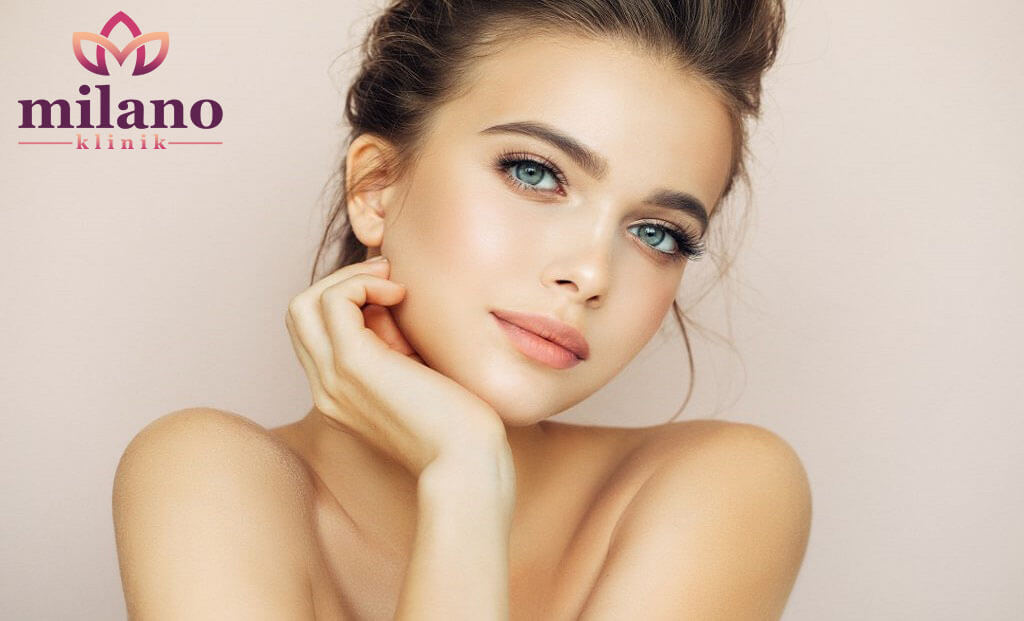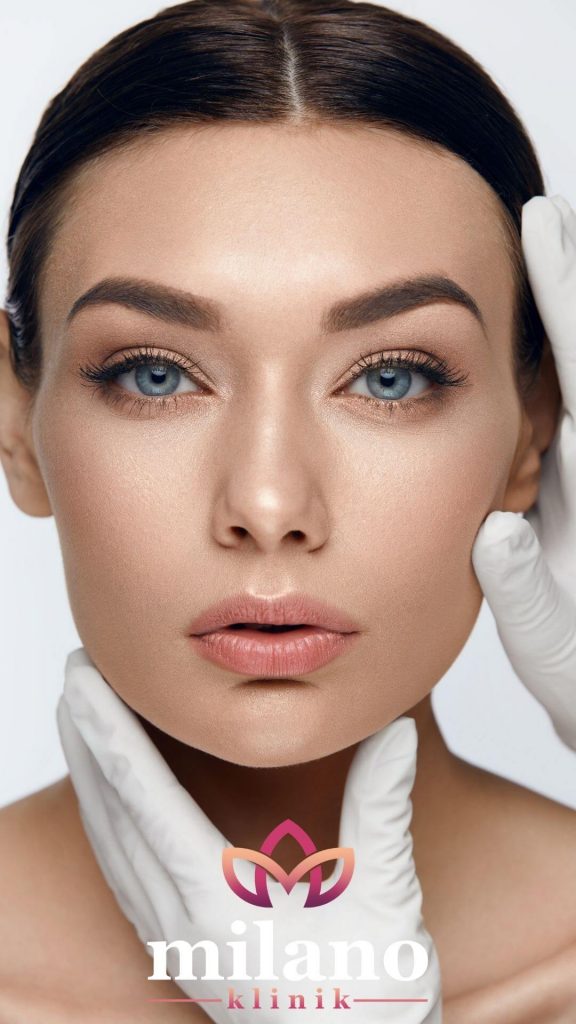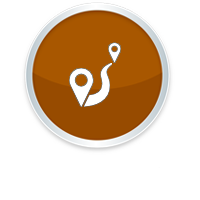Everything About PRP Treatment!

PRP is one of the treatment methods applied in the form of the blood taken from the person undergoing various processes and injecting it into the tissues desired to be treated on the body. PRP treatment, which is mostly used for skin rejuvenation, is mostly applied to the face area to make people with aged appearance look younger. PRP is also one of the treatment methods applied to accelerate the healing of ligaments, injured tendons, joints, and muscles.
What is PRP Treatment?
The word PRP is abbreviated from the initials of the words in the phrase “Platelet Rich Plasma”. Platelet Rich Plasma is a treatment method made by the injection of a substance obtained from the person's own blood. Plasma is a component that helps blood to clot. Plasma also contains various proteins that enable cell growth. When PRP is injected into damaged tissues, it ensures the growth of healthy and new cells in the body. PRP also aids in the healing of damaged tissue. Since the tissue growth factors are more concentrated in the concentrated injection material prepared, the healing in the body tissues also accelerates.
How is PRP Made?
PRP application is a treatment method that takes 30-40 minutes on average. The operation begins by collecting the patient's blood in a tube. Platelet-rich plasma is used by separating it from other components of whole blood by centrifugation. Platelets act as a natural reservoir for growth factors needed to heal injured tissues. Growth factors secreted by platelets increase collagen production and protein and gene expression in tendon stem cells, thereby providing tissue healing. These growth factors also accelerate blood flow and help cartilages to become more flexible and rigid.
PRP injections can be made in different ways. For hair loss, lidocaine, a local numbing solution, is applied if necessary, before injecting into the scalp. In general, a local anesthetic drug is mixed with PRP to reduce the pain associated with the injection. Sometimes, PRP injection can be done together with surgical procedures.
How is PRP Applied?
First, some blood is taken from the patient to prepare the PRP to be injected. The amount of blood taken varies according to which area the PRP will be injected. For example, the amount of blood taken for an injection procedure to be applied to the scalp for hair loss is around 20 milliliters.
The blood sample taken into the tube in a sterile environment is placed in a centrifuge device. A centrifuge is a machine that spins very fast and helps to separate blood components. This separation process takes about 15 minutes on average. With this process, platelets are separated from other blood components. Afterward, the separated plasma is made ready for injection. With the procedure, a plasma containing concentrated platelets is obtained.
Various imaging methods are used to identify areas where the injection is planned. After the area to be injected is determined, the PRP is injected into the area. After all these processes, the injected PRP will show a rapid healing effect in the region. PRP application is usually applied to the face area, and after the procedure, the facial area of the patients is rejuvenated and it is aimed to have younger skin.
Reasons for Preferring PRP Treatment
PRP application is a form of treatment applied to reduce inflammation and accelerate healing. Platelet-rich plasma therapy or PRP injections can be preferred for many reasons such as skin rejuvenation, accelerating soft tissue healing, promoting hair growth. Platelets play a very important role in the body's natural healing process. The fact that there is no side effect when the substance obtained from people's own blood is applied makes PRP application frequently preferred.
Things to Consider After PRP
After PRP treatment, bruising, redness, and edema may occur in the treated area. In such situations, you can make a compress by wrapping an ice pack in a cloth towel every 2 hours, starting immediately after the treatment. Redness, edema, and bruises will begin to disappear with this compress, which you need to repeat for the first 24 hours after the procedure.
Make-up should not be applied for the first 24 hours after PRP is applied to the face area. In addition, hot showers, baths, intense sun, and solarium should be avoided. In addition, you should avoid doing pilates, bodybuilding, intense sports activities, and yoga, which can increase your blood pressure.
Do not enter the pool during the first 3 days after PRP treatment. The infection of the face area will cause the application to fail. Likewise, during the first 3 days, pain relievers, alcohol, and cigarettes, aspirin, green tea, fish oil, garlic, niacin, echinacea, ginseng, ginkgo, vitamin C, vitamin E, and foods with high caffeine content should not be consumed. Finally, skincare should not be performed on the face area for the first 10 days.
In Which Areas Is PRP Used?
Skin Rejuvenation: Signs of aging appear due to aging and various factors. With the help of PRP injections, the skin is rejuvenated and a younger appearance is obtained. With the application, results such as an increase in skin elasticity and a decrease in wrinkles are obtained. In addition, PRP application can be preferred to get rid of scars on the skin.
Tendon Injuries: Tendons are tough and thick bands of tissue that connect muscle to bone. Tendons take very slow to recover after injury. For this reason, PRP applications are performed after tendon injuries. Calcification: PRP application is applied to the joints such as the knee and hip of patients with calcification. According to some studies, it has been stated that PRP applications are more effective than hyaluronic acid injections in the treatment of osteoarthritis.
Postoperative Repair Treatment: PRP applications can be performed to repair torn tendons or ligaments after surgery.
How Long Does the Effect of PRP Application Last?
After the operation, the effect begins to be seen in a short time. The results that will be seen with the eyes are revealed by the sessions to be continued later. At the end of an average of 3 to 6 months, high-level effects will become evident. Of course, these effects vary according to the body structure of each person. If we specify an average process, its effect lasts up to 1.5 years. Of course, repetition can be done in PRP treatment when the effect has ended.
In general, the number of sessions is specified by the experts according to the degree of skin problems. In this context, up to 7 sessions of PRP treatment can be applied. The sessions in question can be repeated with an interval of 15 days. Facial PRP treatment, which is not a permanent treatment, may actually lose its effect after about 1.5 years with the natural aging process.
You can visit our PRP facial page to access detailed information about the face PRP application. Or you can contact us to get more information.





